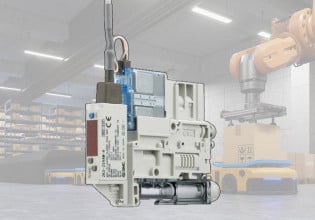N
Disclaimer, This is for a personal home project and not work related.
I have a ML1100 and a rain gauge. The rain gauge specs are 0-5v equals 0-50mm of water. I'm converting the signal to 4-20mA with a conditioner going in to an analog card and currently have an SCP setup... All good.
I would like to totalize precipitation in a 24 hour period, store the value, then reset and totalize again.
I work for an automation company in an executive position where I give the 30,000 feet view of an entire process and the programmers make it happen, But I'm too embarrassed to ask them for help on this--- Don't tell them.
Can anyone help? Thx in advance
I have a ML1100 and a rain gauge. The rain gauge specs are 0-5v equals 0-50mm of water. I'm converting the signal to 4-20mA with a conditioner going in to an analog card and currently have an SCP setup... All good.
I would like to totalize precipitation in a 24 hour period, store the value, then reset and totalize again.
I work for an automation company in an executive position where I give the 30,000 feet view of an entire process and the programmers make it happen, But I'm too embarrassed to ask them for help on this--- Don't tell them.
Can anyone help? Thx in advance






